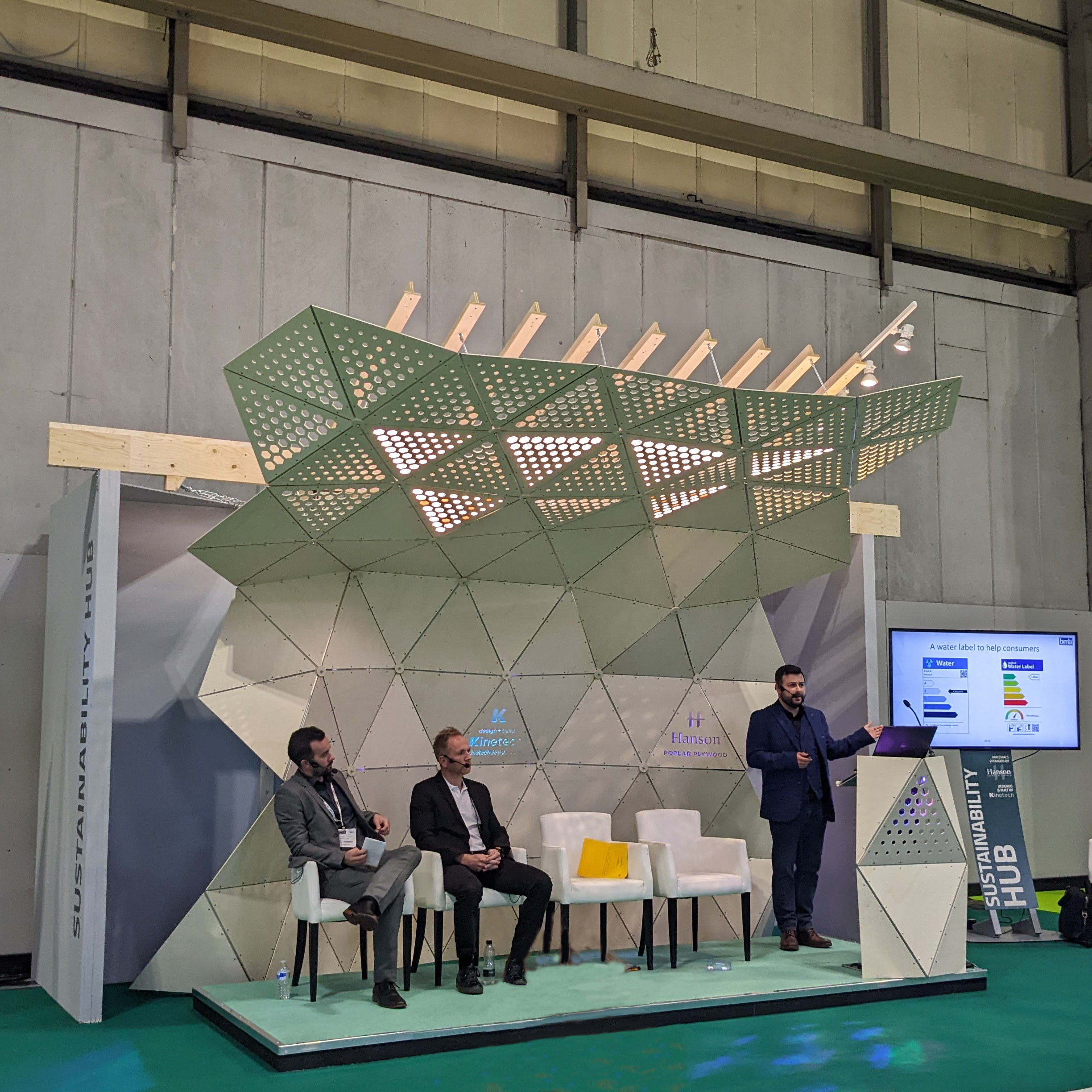When you think about digital fabrication the first thing that springs to mind is 3D printing. But it’s so much more than that. It could revolutionise the whole construction industry.
Digital fabrication is a type of manufacturing process where the machine used is controlled by a computer. There are a vast range of digital fabrication techniques, but the important aspect that unifies them is that the machines can reliably be programmed to make consistent products from digital designs. This means that the designs can be downloaded and made, reliably and repeatedly, all over the world, without a maker needing to have specialist equipment.
There are three main types of digital fabrication: 3D printing, CNC machining and laser cutting. 3D printing is an additive technology that builds a product from the bottom up, layer by layer. CNC machining and laser cutting are subtractive technologies that cut away at a large piece of material to create the final product.
The fundamental point of digital fabrication is turning data into objects. It's bringing programmability to the physical world. But unlike 3D printing, it's not additive or subtractive; it’s just another way of taking computer generated designs and giving them 3D form, straight from computer to tool, and it doesn't use plastic or concrete, the exact two materials that we are trying to use less of if going for green building.
This process is especially useful in building homes. First, the architects and engineers design the house using a 3D computer model, which details every aspect of the project from its orientation and material quantities to the positioning of its trade access points in cavities, floors and ceiling voids. Then, the 3D digital designs are transformed into the home’s exact physical building components, by use of a computer controlled cutter and building materials.
The architects and engineers use software to develop models that show every detail, even where electricity switches will be placed. The parts of the house are then cut on a machine and transported to the site on pallets, where they are fitted together before the internal elements are put in.
The process is streamlined: traditionally architects have produced drawings that builders try to follow, but with digital fabrication, the output is a building, all without messy interpretation by trades reading drawings involved. No shop drawings that show that the contractor is somehow understanding what the architect wanted. The architect is cutting the building components in the desired material and the trades are assembling it.
It’s easy to see why this is an attractive alternative for traditional construction projects. Computers figure out the manufacturing which saves time. Changing a product is as easy as changing the programming and the products are easily personalized. And, CNC and laser cutting are faster than regular manufacturing methods.
However, at present digital fabrication is not beneficial for mass production. Yes, the machines can repeatedly produce identical products without error but the machines can only produce products with one material at a time. Also, there are no economies of scale; the first product will cost as much as the 1,000th product.
It can be argued that digital fabrication offers a vast array of benefits for both manufacturers and customers regardless of the few drawbacks it has right now. Because digital fabrication is, on the whole, a faster and cheaper process, business owners save time and money, and these savings can be passed down to the customer. Moreover, digital fabrication encourages creativity and customization, as there’s no price increase for making a one-of-a-kind product.
Do you think digital fabrication will revolutionise construction industry? Join the conversation on our LinkedIn post!
Related Blog Articles



crop192.png)












